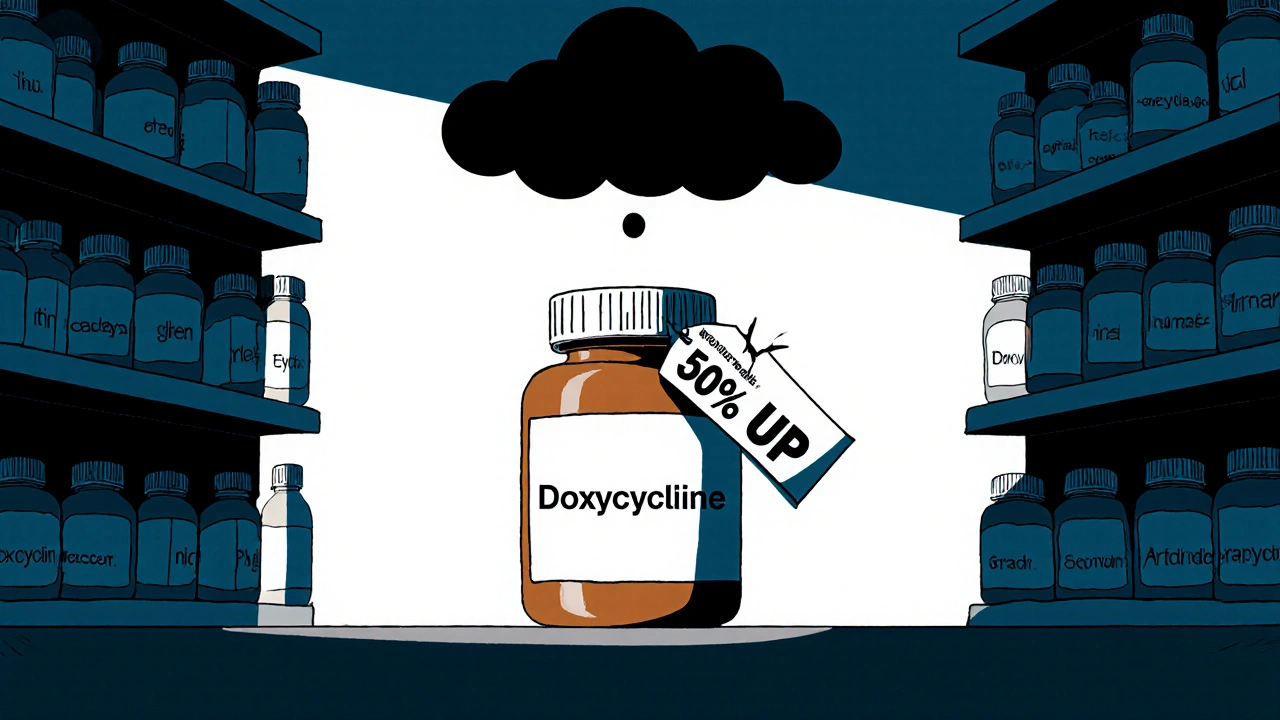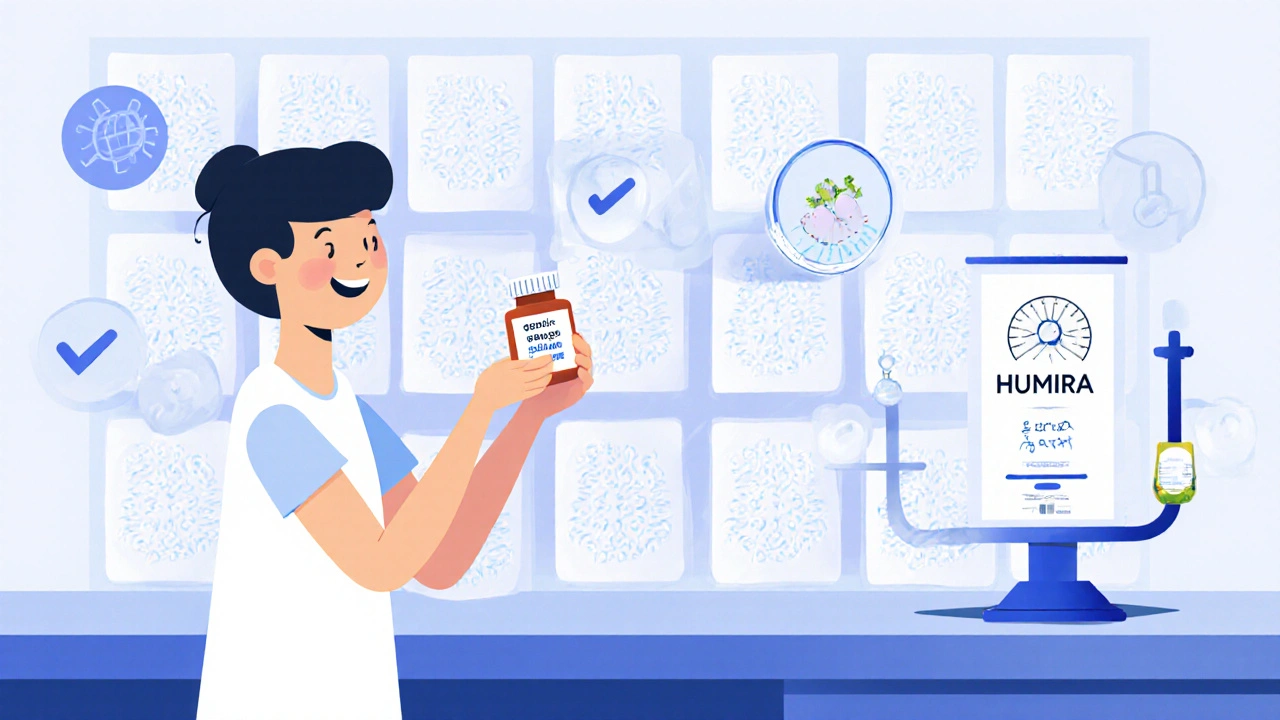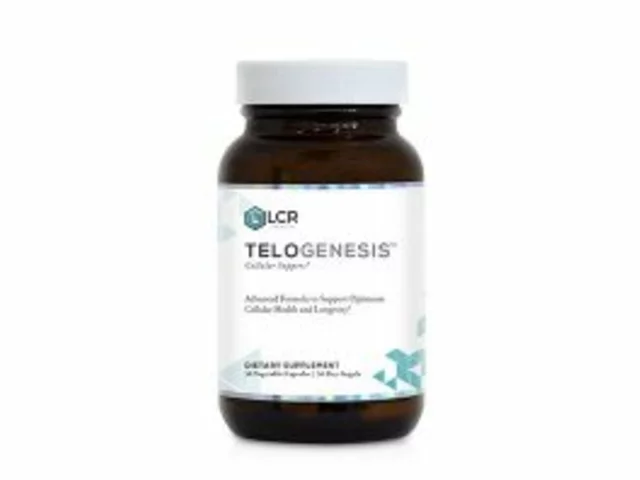When you pick up a prescription for metformin, lisinopril, or ibuprofen, you might not think about who made it - but the answer could save you hundreds of dollars a year. The reason? Multiple generic manufacturers are fighting for your business, and that competition is what keeps prices low.
Generic drugs aren’t copies. They’re exact chemical twins of brand-name drugs, approved by the FDA to work the same way, in the same dose, with the same safety profile. But unlike brand-name drugs, which hold exclusive rights for years, generics enter the market once patents expire. And when more than one company starts making the same drug, prices don’t just drop - they plummet.
How competition turns expensive drugs into affordable ones
Let’s say a brand-name drug costs $200 for a 30-day supply. The moment the first generic hits the market, the price might fall to $150. That’s good. But when a second company starts making it? It drops to $90. A third? $70. By the time four or more manufacturers are competing, the price often falls below $30 - sometimes even under $10.
A 2021 study published in JAMA Network Open tracked 50 brand-name drugs after generics entered the market. The results were clear: with just one generic competitor, prices fell 17%. With two, they dropped nearly 40%. With three, more than half the cost vanished. And with four or more manufacturers, prices tumbled by over 70% compared to the original brand.
This isn’t theory. It’s happening right now. Take metformin, a common diabetes drug. With at least eight manufacturers producing it, a 90-day supply costs less than $10 at many pharmacies. Compare that to a brand-name drug like Humira - which still costs over $7,000 a month - and you see the power of competition.
Why some generics don’t get cheaper
Not all generic drugs follow this pattern. Some stay expensive - not because they’re hard to make, but because too few companies make them.
When only one or two manufacturers produce a generic drug, there’s no real competition. That’s when prices stay high, or even spike. In 2022, a shortage of a generic antibiotic called doxycycline caused prices to jump over 500% in some areas. Why? Because only two companies were making it. When one stopped production, the other raised prices with no fear of losing customers.
Same thing happened with levetiracetam, an epilepsy drug. When five manufacturers dropped out, leaving just two, patients faced sudden price hikes that forced some to switch medications. These aren’t rare cases. A 2017 study found that over half of all generic drugs in the U.S. had only one or two makers. That’s not competition - that’s a monopoly in disguise.

Oral vs. injected: why some drugs have more competition
Not all generic drugs are created equal. The easiest ones to copy are small-molecule pills you swallow - like cholesterol or blood pressure meds. These are cheap to produce, stable in storage, and simple to test for equivalence. That’s why you’ll find 10+ makers for drugs like atorvastatin or losartan.
But injectable or infused generics? Those are harder to make. They require sterile environments, complex formulations, and stricter testing. Fewer companies want to enter that market. So even when patents expire, you might still see just one or two suppliers - and higher prices.
The same goes for biologics - complex drugs made from living cells. Even when biosimilars (their generic cousins) arrive, they rarely drive prices down like traditional generics. A 2021 study showed that if biosimilars were treated like regular generics under Medicare, spending on biologics could’ve dropped nearly 27% between 2015 and 2019. But they’re not. So prices stay high.
Who benefits - and who loses - from this system
Patients win when prices drop. The U.S. healthcare system saved $1.7 trillion from generic drugs between 2010 and 2019. That’s billions in out-of-pocket savings for families, lower premiums for employers, and less strain on Medicare and Medicaid.
But the system isn’t perfect. Pharmacy Benefit Managers (PBMs) - the middlemen who negotiate drug prices for insurers - have grown powerful. They often push for the cheapest generic, even if it’s made by a company with a history of quality issues. And when there are only two manufacturers, they can play one against the other, squeezing margins so hard that one company quits the market.
That’s how we get shortages. In 2023, Reddit users reported price spikes of 300-500% for common generics after one manufacturer exited. Patients didn’t just pay more - they sometimes couldn’t get the drug at all.
Brand-name companies also lose - but not always. Sometimes, they launch their own “authorized generic” - a version made by the original company but sold under a generic label. This lets them keep some market share while undercutting other generics. The FTC found that when brand companies do this, the retail price of the original brand drug actually goes up by 22% - because patients assume the generic is cheaper, so they don’t question the higher price of the brand.

What you can do to save money
You don’t need to be an economist to use this system to your advantage. Here’s how:
- Ask your doctor if your prescription has multiple generic options. If it does, ask which one is cheapest.
- Use GoodRx or SingleCare to compare prices across pharmacies. Prices for the same generic can vary by $50 or more between stores.
- Check the FDA’s Orange Book. It lists which generics are rated “AB” - meaning they’re therapeutically equivalent to the brand. Avoid “BX”-rated versions unless your doctor approves.
- If your drug has only one or two makers and the price jumps, ask your pharmacist if there’s another generic version you can switch to - or if your doctor can prescribe a similar drug with more competition.
Some states let pharmacists swap one generic for another without telling you. That’s fine for most drugs - but risky for ones with a narrow therapeutic index, like warfarin or seizure meds. Always ask: “Is this the same generic I’ve been taking?”
The future of generic drug competition
The good news? The FDA is trying to fix the broken parts. Their Drug Competition Action Plan, launched in 2017, aims to speed up approvals and block anti-competitive tactics - like brand companies blocking generics from getting the samples they need to test their drugs.
The CREATES Act of 2019 made it illegal for brand companies to withhold samples to delay generic entry. Since then, the FDA has approved over 700 new generic drugs each year. In 2022 alone, those approvals saved an estimated $14.5 billion.
But the threat is real. Between 2014 and 2016, nearly 100 small generic manufacturers were bought by larger ones. That consolidation means fewer players, less competition, and more risk of price spikes. The FTC has started challenging these mergers - but they’re playing catch-up.
For now, the rule holds: more manufacturers = lower prices. Fewer manufacturers = higher prices - and sometimes, no supply at all. The system works beautifully when it’s competitive. When it’s not, patients pay the price.
Why are some generic drugs still expensive?
Generic drugs stay expensive when only one or two companies make them. Without competition, there’s no pressure to lower prices. This often happens with complex drugs like injections or older medications where profit margins are thin, so manufacturers leave the market. When supply drops, prices spike.
How many generic manufacturers are needed to lower prices?
Prices start dropping with just one competitor, but the biggest savings come with three or more. Studies show that with three manufacturers, prices fall by about 50%. With four or more, they drop over 70% compared to the original brand price. The more competitors, the lower the price - but only if they’re all actually making and selling the drug.
Are all generic drugs the same?
Chemically, yes - they contain the same active ingredient in the same strength. But inactive ingredients (fillers, dyes, coatings) can differ. For most people, this doesn’t matter. But for drugs with a narrow therapeutic index - like warfarin or thyroid meds - even small differences can affect how your body responds. Always check the FDA’s Orange Book for AB-rated generics, which are considered fully interchangeable.
Can I ask my pharmacist to switch to a cheaper generic?
Yes - and in most states, pharmacists can substitute one generic for another unless the doctor writes “dispense as written.” But you should still ask. Some pharmacies stock only the most profitable version, not the cheapest. Always check your receipt and compare prices using tools like GoodRx before picking up your prescription.
Why do brand-name drug prices stay high even after generics arrive?
Brand companies often raise prices after generics enter because they know most patients will switch to the cheaper version. The brand becomes a premium option for those who don’t mind paying more. In some cases, the brand manufacturer even launches its own generic version to capture part of the market - and that can push the original brand’s price even higher, since it’s no longer competing directly with other brands.



Kihya Beitz
14 November / 2025So let me get this straight - we’re celebrating drug companies playing nice with each other like it’s some kind of socialist utopia? LOL. The real villain is the FDA’s slow approval process and the fact that PBMs own the pharmacies. Nobody’s ‘competing’ - they’re just waiting for the next monopoly to form.